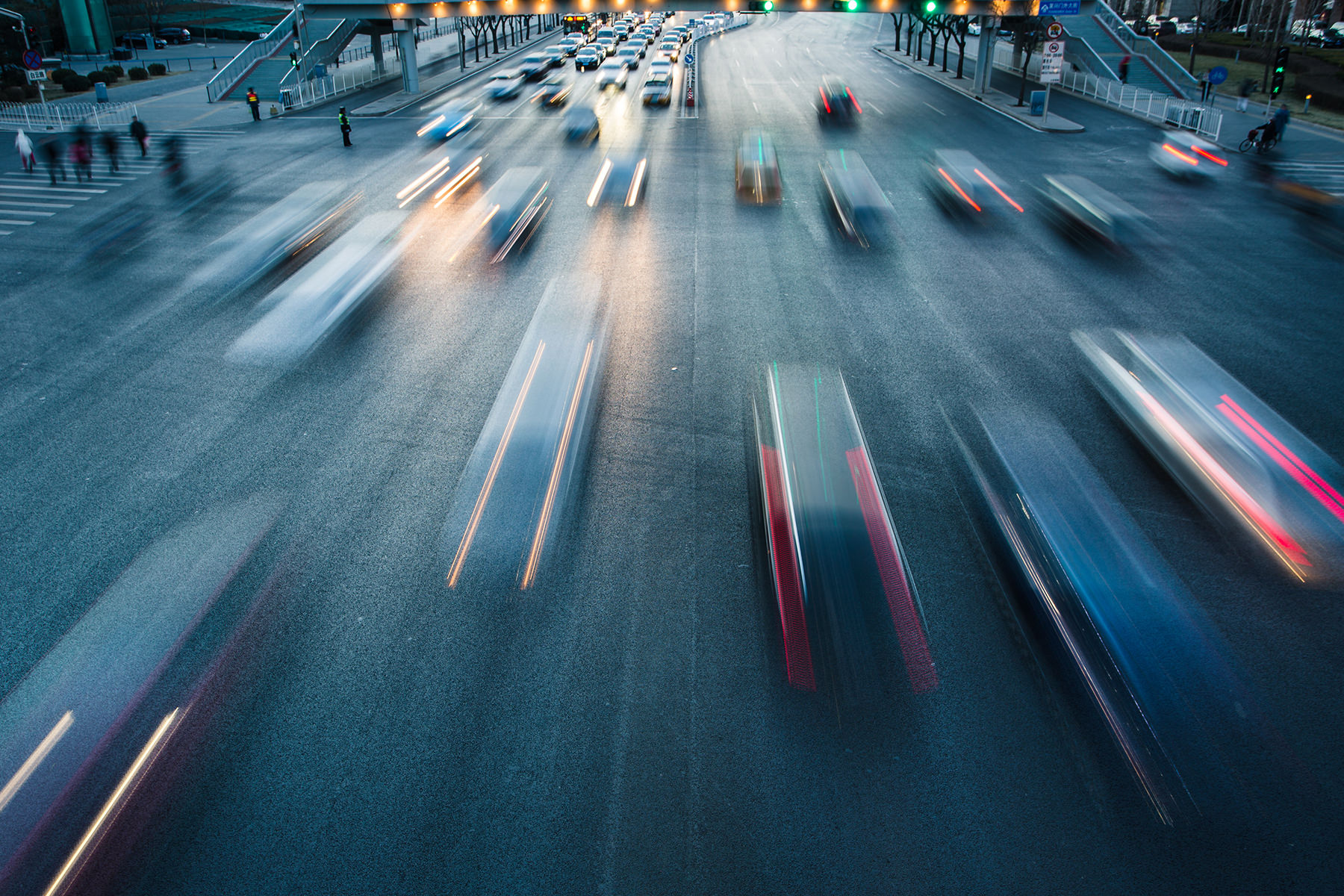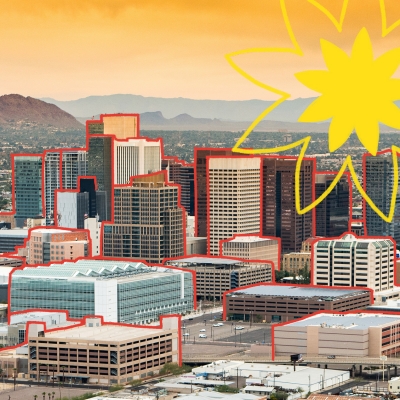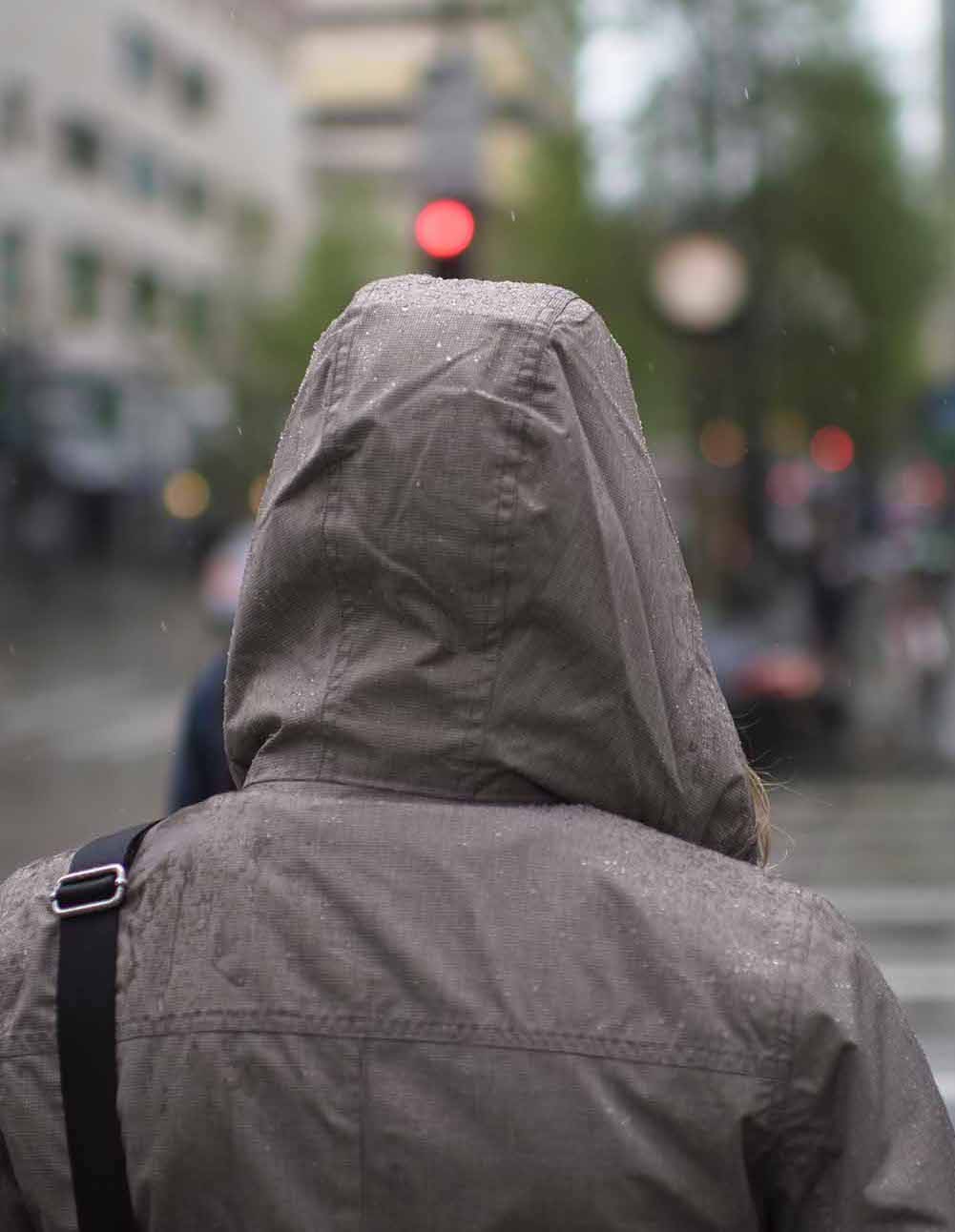According to the Metropolitan Traffic Commission, time spent in weekly traffic in the Bay Area has skyrocketed by 80% between 2010 and 2016 alone. With new construction continually on the rise and density creeping ever upward, the question of transportation—and how it’ll evolve to address changing needs—demands some increasingly creative answers.
WHERE WE ARE TODAY
Rideshares.
Taxis who? Ever since Uber and Lyft came onto the scene, they’ve become so integral to daily life that it’s difficult to imagine life without them. But looking forward, we may have to. The largest estimate of the number of rideshare drivers has been set at 45,000; an astounding number of people who add about a half-million vehicles to our roads every day, accounting for up to 15-20% of weekday traffic in San Francisco alone.[1] Both Uber Pool and Lyft Line serve to mitigate these effects by allowing multiple riders to share one vehicle, but often this efficiency comes at the expense of riders’ time. Lyft appears to be adapting to this concern with their latest rollout: Shuttle. For a flat rate, passengers can get on and off at specific points along a fixed route during the week’s heaviest commuting hours.
Bike, scooter & car-shares.
The recent expansion of the Ford GoBikes throughout San Francisco, Oakland and parts of Silicon Valley has given commuters 7,000 new bikes to work with[2], while the Scoot Network—serving over 10,000 users with the Vespa-style scooters—offers another quick and convenient mode of transport with surprising affordability: a 30-minute ride averages about $4.[3] Car-share services like ZipCar, Maven and Getaround™ (a service where members of the community rent out their personal vehicles hourly or daily) are doing their part to reduce legendary Bay Area traffic, as well; it’s estimated that a single car-share vehicle will be used by 19 people on average daily.[4] Car2Go has been a game-changer in Seattle and Vancouver with its unique focus on one-way trips; the service is currently in talks with the SFMTA to expand to the Bay Area, where it’s estimated that for every one shared vehicle, 7 to 11 cars will be off the road.
Tech Buses & Chariots.
With over 29% of Bay Area commuters crossing county lines to get to work [5], startups and tech giants have done a commendable job of working with MUNI and other mass-transit options to optimize routes with private shuttles and 15-seater Chariot buses. Most are even equipped with Wi-Fi, lessening the pain of bumper-to-bumper holdups.
WHERE WE’RE GOING
Dock-less Bike Shares.
The next generation of bike-sharing is solar-powered and significantly more convenient in that users aren’t constrained by permanent docking locations, allowing them to drop off their bikes much closer to their destination. After showing success in Asia, companies such as Spin and Limebike are currently in their early days as emerging Bay Area options. Spin has recently debuted 125 bikes in South San Francisco with plans for more soon.[6]
Private ferry services.
With road traffic piling up, more and more companies will be looking to the open water to get their people to work. Private ferry services, like Tideline offering passage from Berkeley to San Francisco for just $8, provide Wi-Fi access, beverage service and—most important— zero gridlock. In coordination with shuttles at the shore, this new wave of “water taxis” could pose a sustainable solution for longer-than-average commutes.
Caltrain goes electric.
The electrification of Caltrain—the preferred mode of transportation for 65,000 commuters daily—is scheduled to begin in 2021, and once finished, could be a total game-changer. Switching from diesel fuel would mean a myriad of benefits to the region, including improved air quality, reduced noise, faster travel times (by an estimated 16 minutes!) and increased service.[7] San Francisco to Palo Alto in 20 minutes? Who would ever want to hop in a car again?
Driverless shuttles.
Ollie, the avant-garde creation of Local Motors, isn’t just a self-driving shuttle. It’s an open-ended innovation that’s customizable (meaning individual companies can have their own fleet), environmentally friendly and, since it works off a series of sensors and smart technology, it’s safe.[8] It’s still early days in the world of driverless vehicles but here, in the land of early adopters, we can be sure we won’t have to wait long.
TransitScreen.
What good are all these options if you can’t see the bigger picture? Enter TransitScreen, a new technology that’s sure to be a must-have in every upcoming city development’s lobby. Already active in 33 cities and counting, it provides an easy-to-read display screen with information about every transport choice at a commuter’s disposal, from employee shuttle arrival times and bus schedules to train delays and more, perfect for optimizing time and efficiency.




